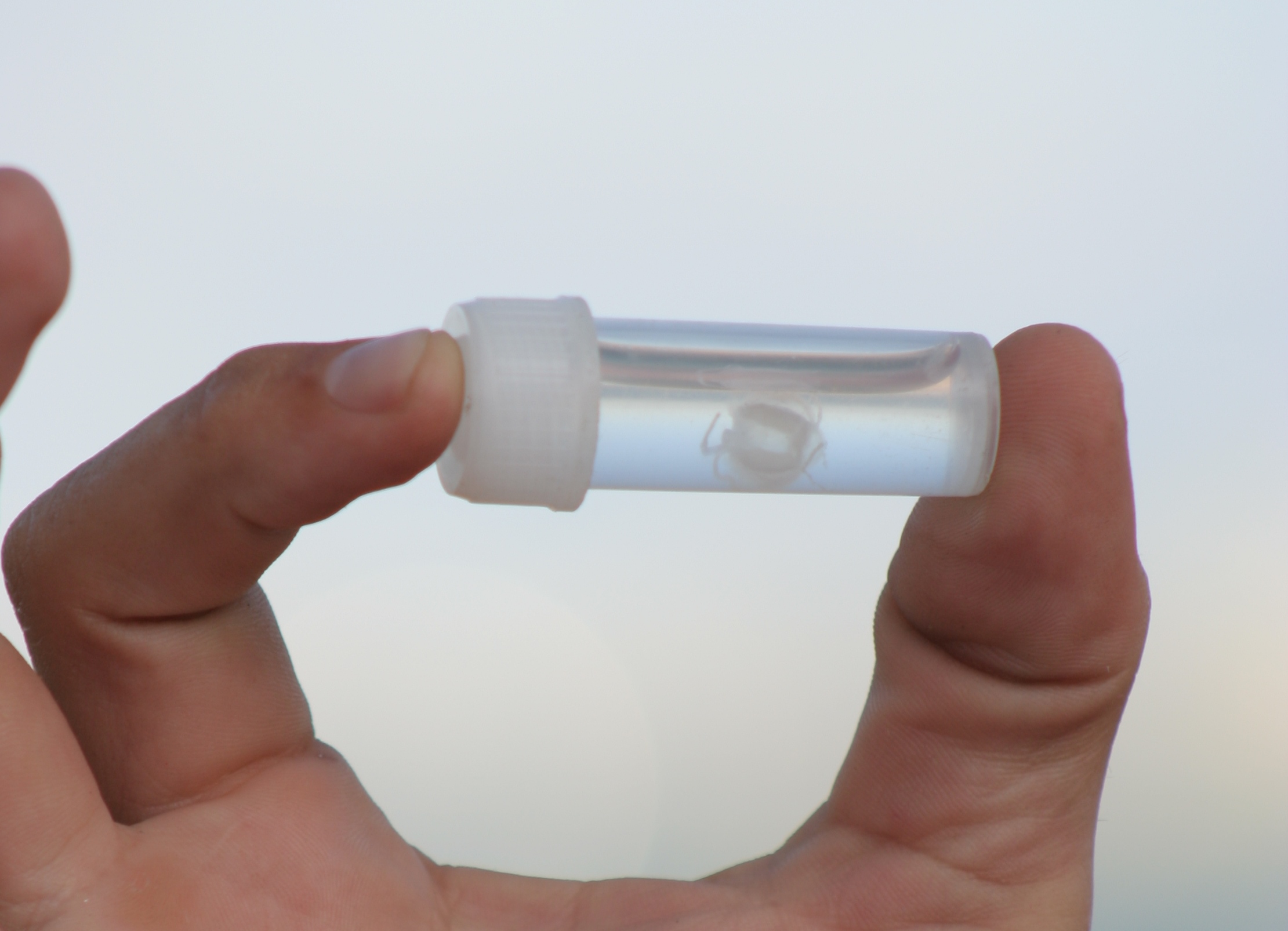Malo Maxima on:
[Wikipedia]
[Google]
[Amazon]
''Malo maxima'' is a small, and extremely dangerous

Irukandji Jellyfish
The Irukandji jellyfish ( ) are any of several similar, extremely venomous species of rare jellyfish. With a very small adult size of about a cubic centimetre (1 cm3), they are both the smallest and one of the most venomous jellyfish in th ...
that is known to cause Irukandji Syndrome
Irukandji syndrome is a condition that results from envenomation by certain box jellyfish. In rare instances the sting may result in cardiac arrest and death. The most common jellyfish involved is the ''Carukia barnesi'', a species of Irukandji ...
. It is one of the four species of ''Malo
Mal, which in Spanish means ''bad or evil'', may also refer to:
Places
*Malo, Italy, a town
*Malo Island, formerly known as St. Bartholomew, Vanuatu
* Malo (Solomon Islands), an island
*Malo, Washington, Ferry County, Washington, United States
* ...
'', along with ''Malo bella'', ''Malo filipina
''Malo filipina'' is a small and venomous Irukandji jellyfish found in the Philippines. It was first described to science in 2012, and is one of four species in genus ''Malo'', often confused in the past with the '' M. maxima''.
Description
''M. ...
'', and ''Malo kingi
''Malo kingi'' or the common kingslayer is a species of Irukandji jellyfish. It was first described to science in 2007, and is one of four species in the genus ''Malo''.Gershwin, L. (2007)''Malo kingi'': A new species of Irukandji jellyfish (Cnida ...
''. The ''Malo maxima'' was first described in 2005 by Lisa-ann Gershwin, who also described the Malo bella and ''Malo kingi'' jellyfish along with over 200 other species of jellyfish. ''Malo maxima'' differs from other species of jellyfish in many ways but the most confusing one is that they swim more like fish than jellyfish, however the reason for this is still unknown.
Phylogeny
The ''Malo maxima'' has a tall, narrow, robust body with a flattened apex and measures to about 5 cm. Even though it is very small, ''Malo maxima'' is the largest of the Malo genus. They are also translucent, making them very difficult for the human eye to see easily. Research from the scientific paper “Early Life History and Metamorphosis in Malo maxima” showed that the metamorphosis of Malo maxima from a sessile (immobile) polyp into a free-swimming medusa took 111 days following fertilization.Distribution
Irukandji Jellyfish can be found in oceans all around the world, however ''Malo maxima'' can only be found in the tropicalwestern Australia
Western Australia (commonly abbreviated as WA) is a state of Australia occupying the western percent of the land area of Australia excluding external territories. It is bounded by the Indian Ocean to the north and west, the Southern Ocean to th ...
n waters, specifically the Broome region. It is believed that ''Malo maxima'' have specific habitat preferences considering they tend to live in similar regions. However, there is currently no solid evidence to back up this theory because scientist have still not identified their polys states. The Irukandji Jellyfish does not tend to be close to shore but every now and then they wander into a close proximity to shore. This tends to be the only time humans come into contact with Irukandji Jellyfish unless it is bloom season. The sign that Irukandji Jellyfish are in the area includes sea lice felt in the water and clusters of salp
A salp (plural salps, also known colloquially as “sea grape”) or salpa (plural salpae or salpas) is a barrel-shaped, planktic tunicate. It moves by contracting, thereby pumping water through its gelatinous body, one of the most efficient ...
s.

The sting and venom
The sting of all Irukandji Jellyfish is believed to cause Irukandji Syndrome and can be potentially fatal, however the sting of the ''Malo maxima'' is the most dangerous of the Malo species. Only two types of species have the venom to cause Irukandji syndrome, the Irukandji Jellyfish and the Box Jelly. The Box Jelly is extremely more venomous than the Irukandji Jellyfish. Stings from a Box Jelly are much more fatal than those of an Irukandji Jellyfish, however that does not make Irukandji stings any less dangerous and painful. Irukandji syndrome can cause sweating, anxiety, muscle spasm, severe hypertension and potentially late hypotension and cardiac failure. The sting site has minimal local reaction and does not take effect right away and becomes worse as time goes on. Scientists have just recently figured out how the venom of the ''Malo maxima'' affects the heart. The venom causes a concentration-dependent inotropic responses in the left atria of the heart, however it has no effect on the right atria. It appears that the venom does not activate theparasympathetic nervous system
The parasympathetic nervous system (PSNS) is one of the three divisions of the autonomic nervous system, the others being the sympathetic nervous system and the enteric nervous system. The enteric nervous system is sometimes considered part of ...
, but the sympathetic nervous system. The venom also stimulates the sensory nerve CGRP to release in only the left atria and the resistance arteries. The most effective therapy for Irukandji syndrome seems to be an intravenous infusion of magnesium.
Blooms
Australia experiences extreme jellyfish blooms, specifically Irukandji Jellyfish blooms. The Irukandji Jellyfish blooms include ''Malo maxima'' as well as the other types of Irukandji. Human activity such as catching fish and pollution are making them a more common occurrence. These blooms take a toll on the ecosystems around them. They also make it difficult for ships to get through and make the water extremely dangerous for divers.References
* Straehler-Pohl, I., Carrette, T., Sleeman, J., Seymour, J., Underwood, A., Carrette, T., & Seymour, J. (2018). ''Early life history and metamorphosis in Malo maxima Gershwin'', 2005 (Carukiidae, Cubozoa, Cnidaria). Plankton and Benthos Research, 13(4), 143–153.External links
{{Taxonbar, from=Q2140482 Cnidarians of Australia Carukiidae Animals described in 2005